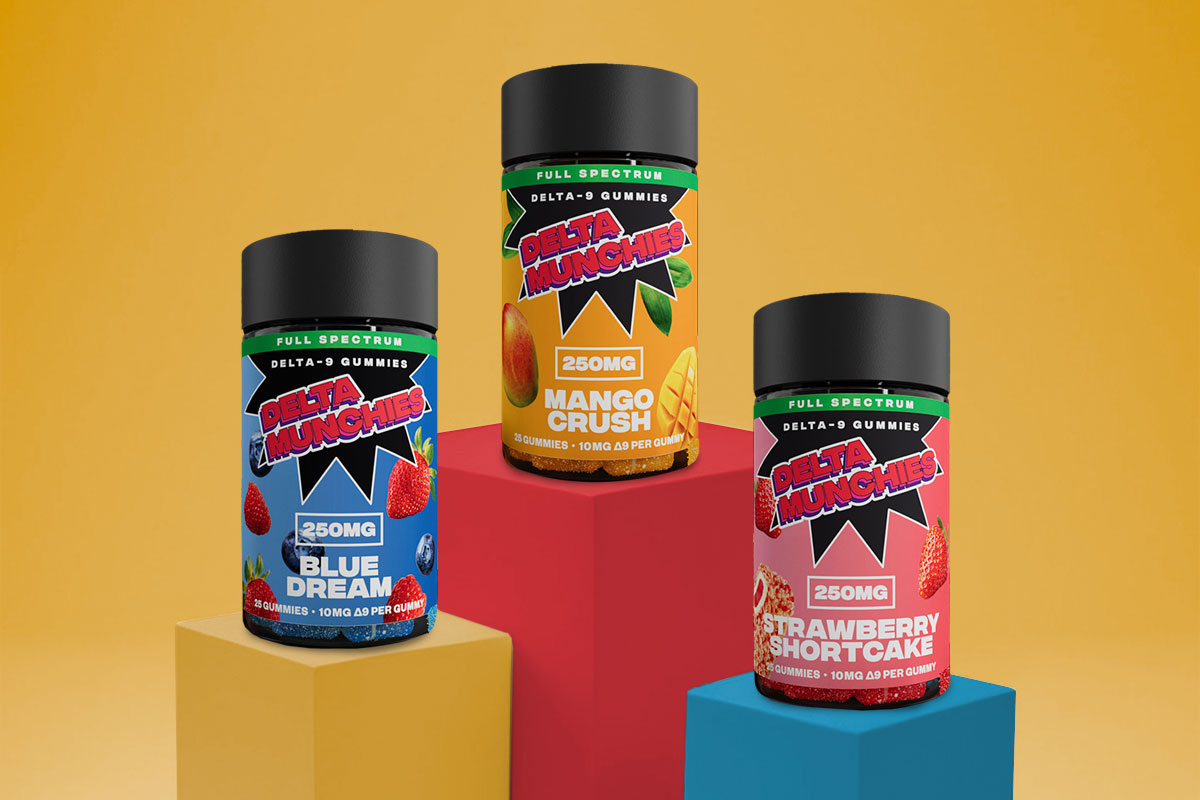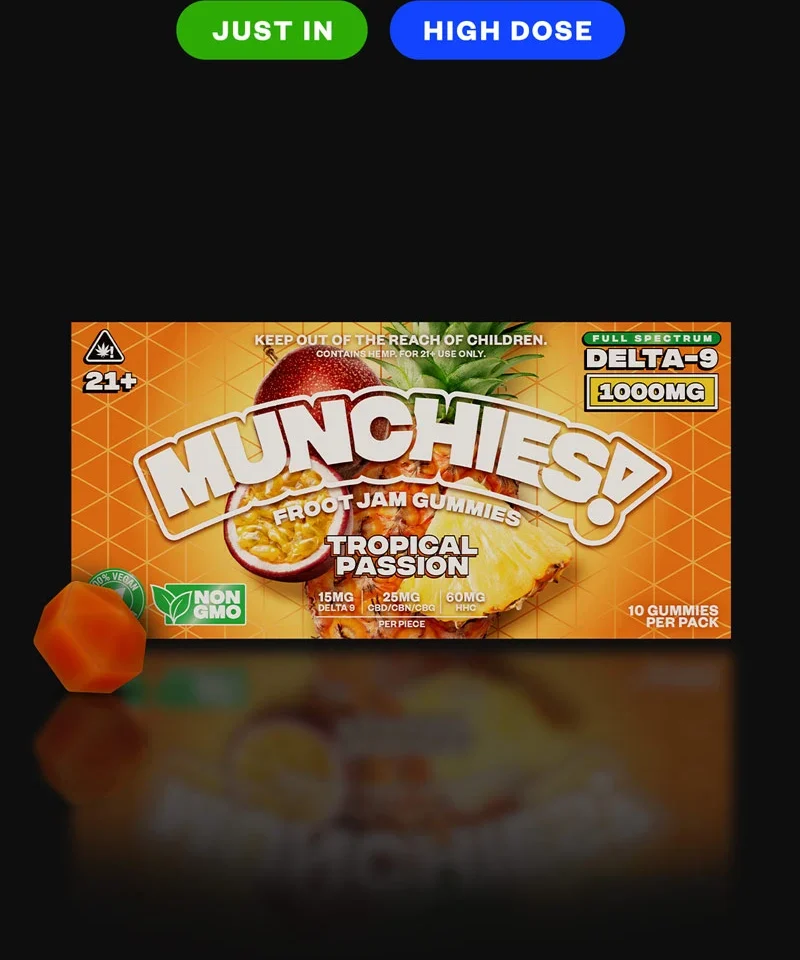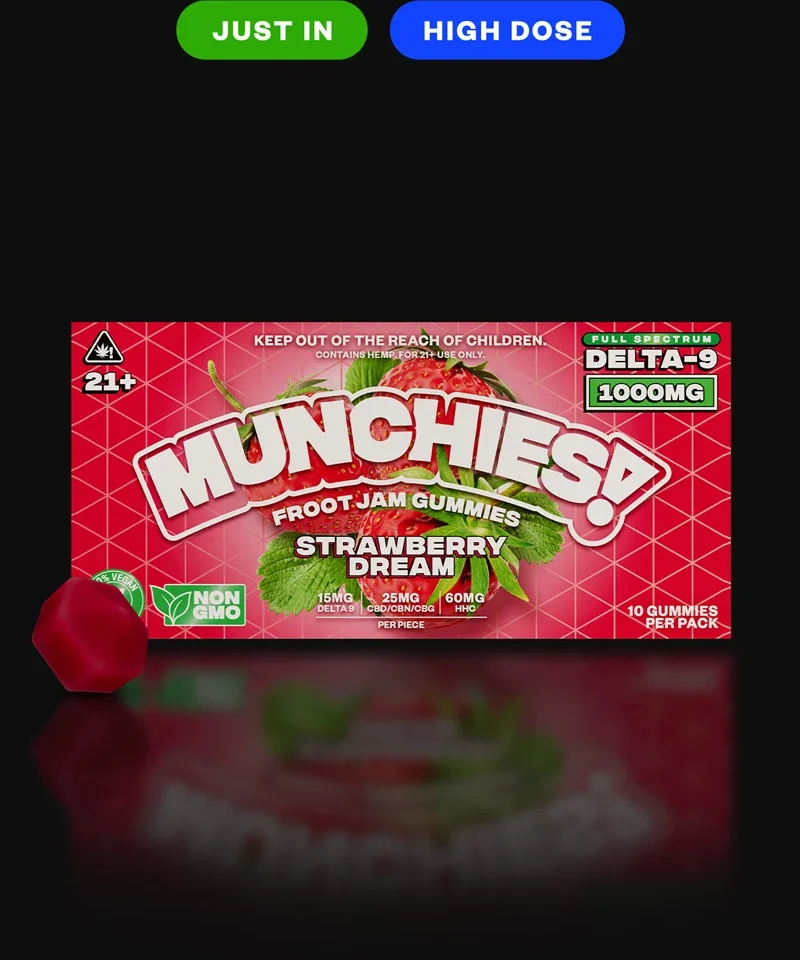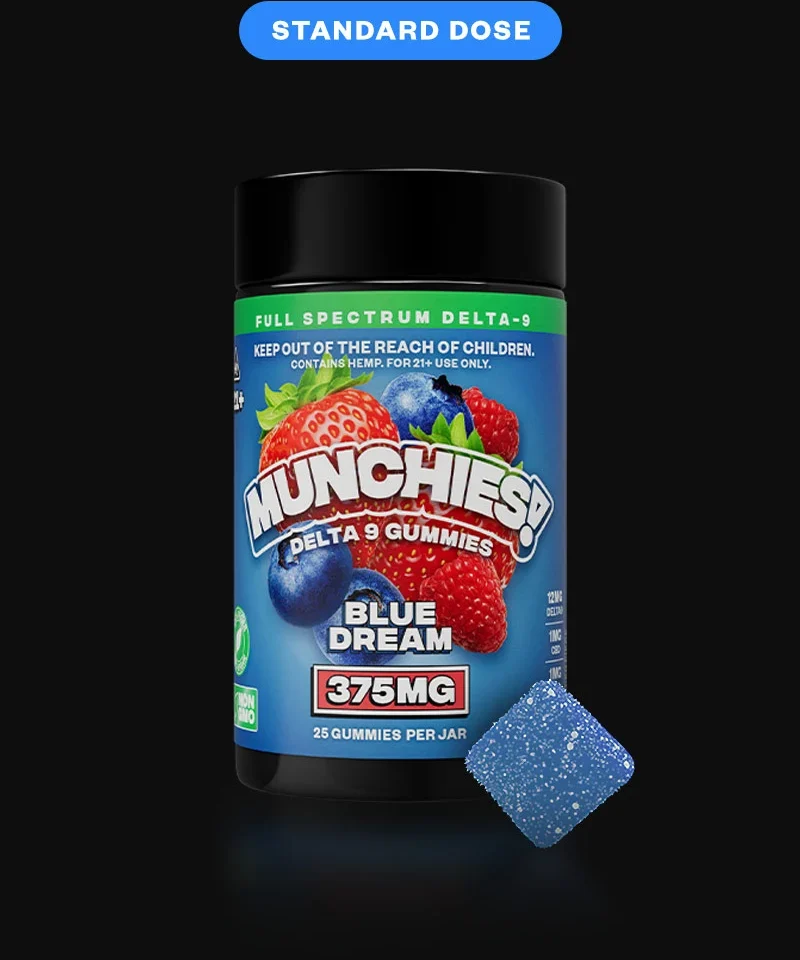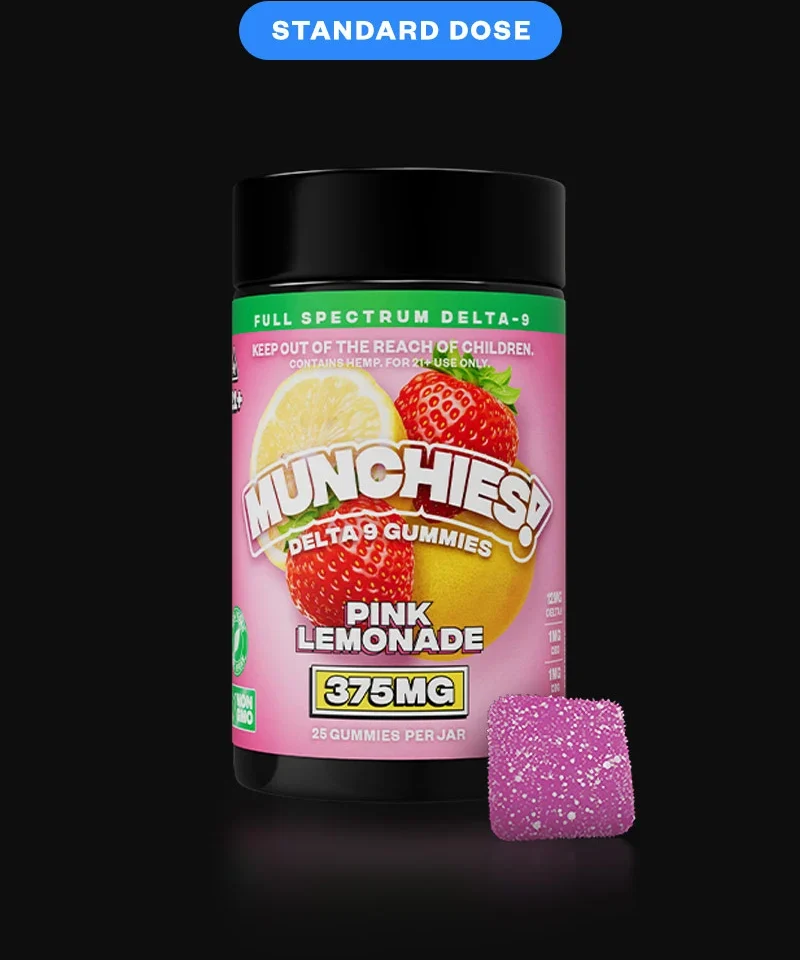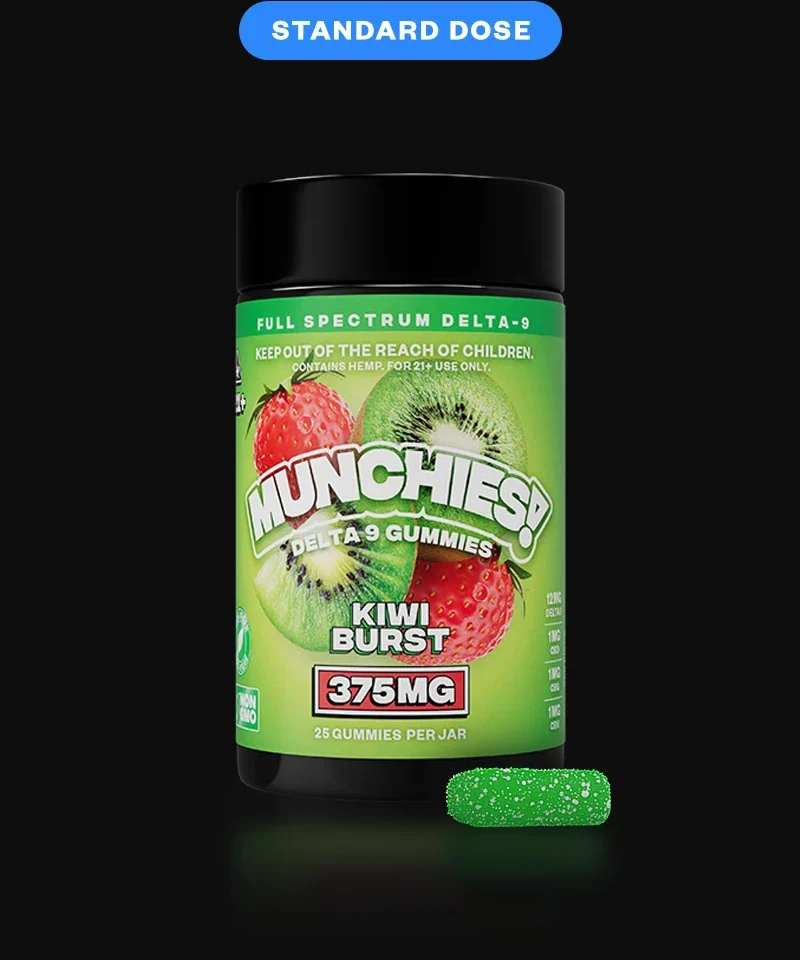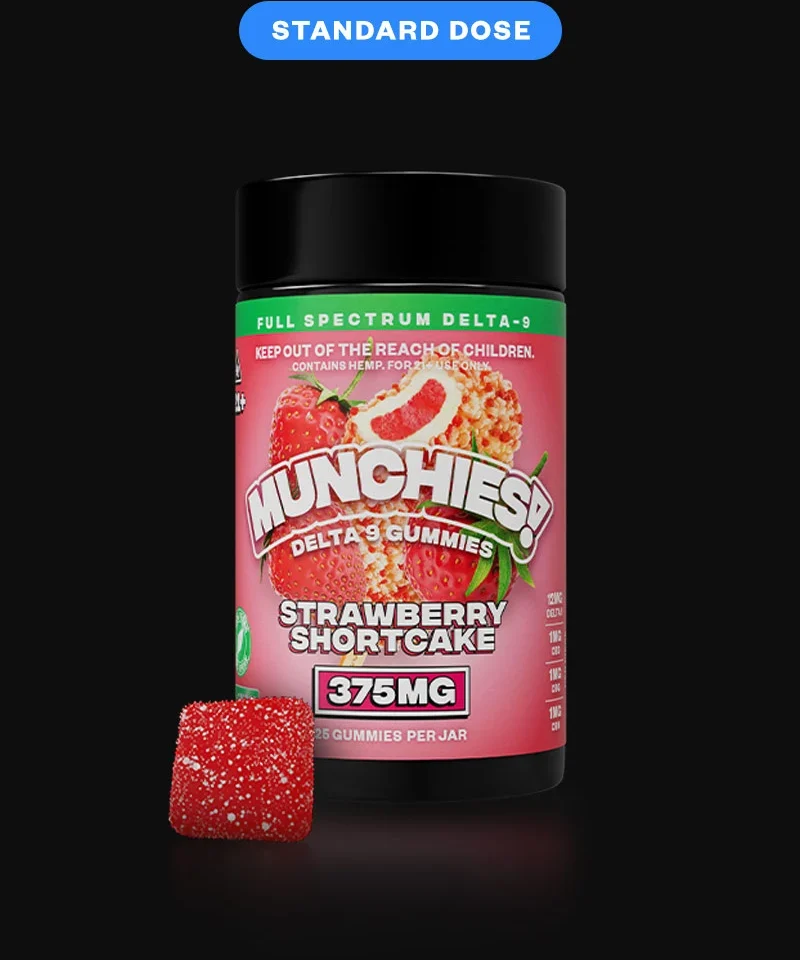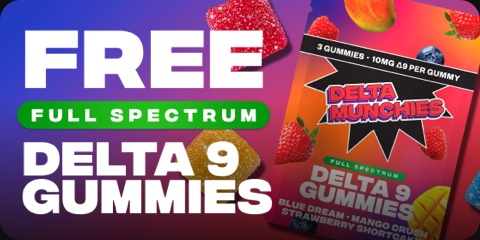Delta 9, Informative
THC-O vs. Delta 9
Are you a cannaseur looking for your next high or cannabinoid product? Or perhaps you are a newbie to the hemp space that wants to get to know different cannabinoids and experiences.
Either way, you might have heard two of the most common terms used nowadays for cannabinoids: THC-O and delta 9 THC.
Well, we are here to give you the lowdown and all the insights needed between the two compounds. From what they are, their effects, how they are made, and how they compare to each other in each of the important categories like price, potency, and effects.
So if you want to know who’s the winner between the old classic delta 9 THC, and THC-O, the new kid on the block, keep reading down below. But before that, have a taste of some of our delicious Delta 9 Gummies.
Contents
- Key Takeaways
- What is THC-O
- How is THC-O Made?
- What are the Effects of THC-O
- What are the Benefits of THC-O
- Potential Side Effects of THC-O
- Best Way to take THC-O
- What is Delta 9
- How is Delta 9 Made?
- What are the Effects of Delta 9
- What are the Benefits of Delta 9
- Potential Side Effects of Delta 9
- Best Way to take Delta 9
- THC-O vs. Delta 9: Effects
- THC-O vs. Delta 9: Potency
- THC-O vs. Delta 9: Legality
- THC-O vs. Delta 9: Cost
- THC-O vs. Delta 9: Which one is Right for You?
- Where to Buy Delta 9
Key Takeaways
- THC-O is a semi-synthetic cannabinoid created by adding oxygen to the THC molecule, making it stronger than delta 9 THC.
- Delta 9 THC is the “original” THC molecule, a psychoactive cannabinoid that has several potential benefits.
- Both compounds are fairly strong and have similar side effects, with THC-O being slightly psychedelic while delta 9 THC has stronger muscle relaxation.
- THC-O is a little on the pricier side due to the complicated process used to create this hemp-derived cannabinoid, starting with CBD and ending with a modified delta 8 THC molecule with oxygen.
What is THC-O
So, what is THC-O? This cannabinoid is what we call an analog. This means that it’s a compound similar to regular THC, with the difference of an oxygen group added through an acetate.
THC-O is psychoactive and is believed to have about three times the potency of regular THC. This might happen due to how easily this molecule binds to the proteins in the receptors of our endocannabinoid system.
How is THC-O Made?
Unlike other cannabinoids that can be found in hemp, THC-O is a little bit more complicated to make. It requires a different process called isomerization, Which adds an oxygen group through the addition of acetate.
THC-O requires a specialized lab and equipment since it uses different chemicals to create this semi-synthetic product. First, hemp is harvested and cured to create a CBD extract. Then, CBD is turned into delta 8 THC, which is then transformed into THC-O.
Some dispensaries use hemp-derived delta 9 THC as well, but states have different approaches to cannabinoid legislation, which might limit production a little.
What are the Effects of THC-O
Hemp-derived cannabinoids have a strange connection with each other. Some of them, like HHC, delta 8, and even delta 10, are considered to be less potent than delta 9 THC.
With that said, THC-O is actually the odd one out, with users describing its high as uplifting and up to three times stronger than delta 9 THC.
Some people have even described this cannabinoid as slightly hallucinogenic, but it’s somewhat unclear to understand what kind of dosage would produce this effect. But in general, users tend to go for THC-O thanks to the potential high and cerebral buzz.
In general, THC-O is closer to a sativa effect than other cannabinoids, mainly due to the head-heavy effects and euphoric feeling. Still, you might also feel very relaxed with an altered perception of your surroundings.
What are the Benefits of THC-O
Research on THC-O is fairly scarce, meaning that there are not many known benefits of this cannabinoid with scientific backup. However, anecdotal evidence suggests that THC-O could be helpful in several ways, including the possible THC resistance.
Another great benefit of this cannabinoid is getting a more euphoric high. This means it could help with certain tasks during the day smoking, like creative activities or feeling more productive during the day.
So, this helps the users who want to feel like they smoke a really strong, sativa-leaning experience. Other consumers enjoy this cannabinoid relaxing and pain-relieving properties without having to deal with strong dizziness or muscle lethargy from other cannabinoids.
Potential Side Effects of THC-O
Remember, this cannabinoid is pretty strong. So, even a little goes a long way, no matter the general dosage. In general, THC-O needs to be researched for clinical treatments, so there are not any specific short or long terms.
Nevertheless, anecdotal evidence suggests that the side effects are very similar to delta 9 THC. Some of the most common side effects due to its potency are nausea, lethargy, dizziness, grogginess, and even panic-like feelings.
Some users have also had hallucinations with larger doses too, so make sure to always start with small doses.
Best Way to take THC-O
First, choose your favorite delivery method. Since THC-O’s product is usually a concentrate, you’ll find it easier to get vaping pens or cartridges, edibles, or tinctures. Try choosing a product that’s easy to manage at first, and if you buy a gummy or edible, it is usually better to start with smaller doses.
Now that you’ve got your preferred method, you can choose dosage and flavors. Most products will have a label and how much of each cannabinoid it has. Try to go with products without any cutting agents from reputable brands, and look for flavor tones you’d like to smoke or try out.
What is Delta 9
We can now start talking about the OG cannabinoid delta 9 THC. Delta 9 is a psychoactive compound that can be found naturally in cannabis. It is one of the most abundant molecules that you’ll find in the plant, and thanks to its psychoactive properties, it can get you high.
Typically, this cannabinoid is referred to as THC as an umbrella term. And unlike other cannabinoids in the market, this compound is extracted directly from the plant. In that sense, users of the community might feel like it’s a more “natural” way of consuming weed. However, legislation limits how THC is consumed.
Because of the legislative framework, you can only access products with delta 9 THC under the 2018 Farm Bill if they contain less than 0.3% of it per dry weight or through a dispensary, if your state allows cannabis licensing.
And while this cannabinoid has been alongside the cannabis community for a while with flowers and extracts, its access today is rather limited. Some producers have also switched from products like joints to edibles and tinctures, so they are hemp-derived and federally legal delta 9 products, as they can have extracts infused with a more significant weight.
How is Delta 9 Made?
Unlike THC-O, delta 9 is extracted directly from the plant. So without getting too technical about it, producers plant weed, nurture it, harvest it, and cure it. Once the dispensary has the fresh buds, you can either buy and smoke the flower we know and love or have other products by processing the nugs.
If the nugs are processed, then depending on how and what kind of chemicals it goes through, you’ll have different extracts. These extracts are then used in a variety of products, from vaping pens, tinctures, and edibles, to concentrates you can dab on their own.
The final products also have different qualities. Some have a higher-end finish, like live resin, and others can be smoked with lower heat, like crumble or salts. In the end, it all comes down to both preference and quality, which impact the price point of the final product. The bougier the product, the more expensive it can get.
What are the Effects of Delta 9
Delta 9 THC is known for its intoxicating effects, casually known as “getting high.” This cannabinoid binds to a part of our nervous network called the endocannabinoid system. By interacting with it, it can cause a number of effects on our bodies.
In general, delta 9 THC can make you feel relaxed and generally have an altered perception of time and image. Some users also feel like their head feels lighter than usual and get an intense wave of euphoria, depending on the strain used.
Some strains might be on the energetic side, like sativas. Others can be even more relaxing than usual due to the terpenes in them, like certain indica strains. Hybrid strains, however, have the best of both worlds by letting you stay creative or social while also being pretty calm and comfortable.
What are the Benefits of Delta 9
Now, much like other cannabinoids found in hemp, delta 9 has several benefits. this happens due to the interaction between our endocannabinoid system and this molecule, which can cause different things in our body.
Some people have reported both head and body effects, mainly a state of deep relaxation and euphoric feelings. This intoxicating effect relaxes your muscles but can also produce a mood uplift or even a productivity boost.
It is also known to aid with chronic pain cases, like aiding with nausea or even helping with cases of neuropathic pain. Because of this, users have sought out this cannabinoid to aid them with their pain relief management.
Potential Side Effects of Delta 9
In general, delta 9 THC can be safe to use in smaller doses. However, some people might have a certain sensitivity to this cannabinoid or have larger doses that could produce specific side effects.
According to this study, some of the regularly found side effects are feeling hungry, nausea, getting dry eyes or mouth, and anxiety-like feelings in some cases. Other people in the study also had changes in their perceptions and hallucinatory experiences.
That said, most of these cases usually have over 100 mg of delta 9 THC in a single serving or have had some sort of sensitivity beforehand. Because of this, let’s go with the best way to take delta 9.
Best Way to take Delta 9
While usually, you’d be better depending on your choices, since delta 9 is very potent, we’d recommend going slow. Remember that with cannabinoids, a little goes a long way, especially with certain products like edibles.
Now, depending on the state you live in, you might get access to actual cannabis flower, which means you can have a joint or smoke from your favorite bong. Other states without access to this are limited to hemp-derived edibles and tinctures, which are a great option for beginners and veterans alike.
Since hemp-derived products contain smaller, buildable doses, they are easier to take as a full beginner. And since delta 9 THC is the “standard” for both effects and high, it can provide an even better effect when compared to milder cannabinoids like delta 8 THC.
THC-O vs. Delta 9: Effects
These two types of THC have fairly similar effects, with the difference that delta 9 delivers a stronger muscle and overall relaxation. THC-O tends to be more of a euphoric high, with some people having hallucinations while trying this cannabinoid. Other than that, both compounds seem pretty similar, according to anecdotal evidence.
THC-O vs. Delta 9: Potency
If we measure both cannabinoids’ performance through potency, THC-O wins the race easily. This cannabinoid is known to have about three times the affinity to bind to the proteins of the receptors of our endocannabinoid system. So choose this if you’d prefer something more potent than delta 9 THC.
THC-O vs. Delta 9: Legality
In terms of legality, this is where THC-O might be a better option. Since this cannabinoid uses a process that uses hemp and transforms it from CBD all the way up to THC-O, it is considered to be hemp-derived. This means it is safe to buy in states that share its legal framework with the 2018 Farm Bill. You can check your state’s status on this webpage as well.
THC-O vs. Delta 9: Cost
This is something that can definitely break your decision between the two cannabinoids. In general, delta 9 THC products tend to be cheaper than THC-O. Usually, extracting and creating THC-O requires extra lab equipment and processes, which can make the end product slightly more expensive than just extracting delta 9 THC from the regular flower.
THC-O vs. Delta 9: Which one is Right for You?
While, in general, this comes down to preference, you also have to take into account how accessible both cannabinoids are.
Some states with only hemp legislation can not use delta 9 THC as easily as THC-O. Moreover, medicinal cannabis can get pricey in certain states when compared to hemp-derived delta 9 THC and even other cannabinoids like THC-O.
So, if you want something more potent or don’t have access to delta 9 THC, get THC-O. You could also try it out if you feel like dabbing into a slightly psychedelic cannabinoid. If you are new to cannabis products or want to feel high, we’d go with delta 9 THC instead.
Where to Buy Delta 9
If you are looking for a safe way to get lit, you might want to stick with hemp-derived Detla 9 first before adventuring into the THC-O side. Our Delta 9 Gummies are incredibly tasty and potent, thanks to the 10mg of delta 9 THC and 15mg of other cannabinoids in the mix in our full spectrum blend.
These gummies are perfect if you want to unwind after a long day, want to microdose them for their wellness potential, or just feel like tripping out alone or with some friends during the weekend.
They come in two varieties, a 25 and 40-pack, where you can choose to dose them as you want. And thanks to the full spectrum formula, you won’t feel them as strong as other cannabinoids when you are taking your first bite.
Now, sometimes edibles get the bad rep of having a weedy flavor. While this is natural, our gummies have a citric coating with delicious flavors that will make them feel like they are just regular gummies until you feel the hit.
You can get these treats in three iconic flavors. Try the classic Strawberry Shortcake if you love everything fruity and silky, or go for the Blue Dream flavor if you are more of a berry-and-sour sweets person. That said, for something decadent and tropical, the Mango Crush flavor is the perfect way to relax with fruity notes.




